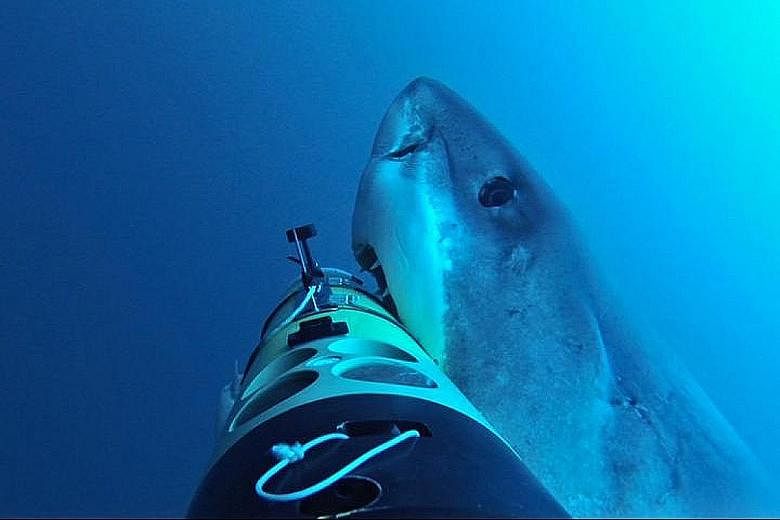Coming soon: A toilet that doesn't need water
A toilet that does not need water, a sewage system or external power but, instead, uses nanotechnology to treat human waste, produce clean water and keep smells at bay is being developed by a British university.
It uses a rotating mechanism to move waste into a holding chamber containing nano elements. It also blocks odours and keeps waste out of sight.
"Once the waste is in the holding chamber, we use membranes that take water out as vapour, which can then be condensed and be available for people to use in their homes," said Dr Alison Parker from Cranfield University, the lead researcher on the project.
"The pathogens remain in the waste at the bottom of the holding chamber, so the water is basically pure and clean."
Nanotechnology is the science of creating and working with materials about one nanometre wide, or one-billionth of a metre. A human hair is about 80,000 nanometres thick.
According to the United Nations' children's fund, Unicef, and the World Health Organisation, 2.4 billion people live without adequate toilets.
The toilet is designed for a household of up to 10 and will cost just five US cents (seven Singapore cents) per day per user, said Cranfield University.
A replaceable bag, which holds the solid waste, is coated with a biodegradable nano-polymer that blocks odours. The bag will be collected periodically by a local operator.
Initial testing of the toilet is likely later this year.
THOMSON REUTERS FOUNDATION
Shark behaviours captured underwater
An autonomous underwater vehicle (AUV), called the Remus SharkCam, has not only captured footage which has gone viral, but could also track and take photos of any animal in the marine environment on its own for the first time.
The AUV was used in 2013 in waters off Mexico's Guadalupe Island to better understand white shark behaviour, said the non-profit Woods Hole Oceanographic Institution (WHOI), a global leader in the study and exploration of the ocean. The observations made by researchers constitute the first of predatory behaviour below the surface, said WHOI in a statement.
Led by biologist Greg Skomal from the Massachusetts Division of Marine Fisheries, the research results were recently published in the Journal Of Fish Biology.
Findings showed that the sharks use the clear visibility in the waters off Guadalupe Island to search for seals, and attack them from below by ambushing and disabling them. While they stalk their prey, the sharks are concealed in darker waters.
"Most of what we know about white shark predatory behaviour comes from surface observations. We have all seen pictures or footage of sharks surging out of the water to capture a seal," said Dr Skomal.
"But we wanted to find out what was happening at depth. When the sharks swam into the deep, how were these animals behaving? Were they hunting?"
The AUV also filmed the sharks bumping into the vehicle and taking aggressive bites at it.
Carolyn Khew

